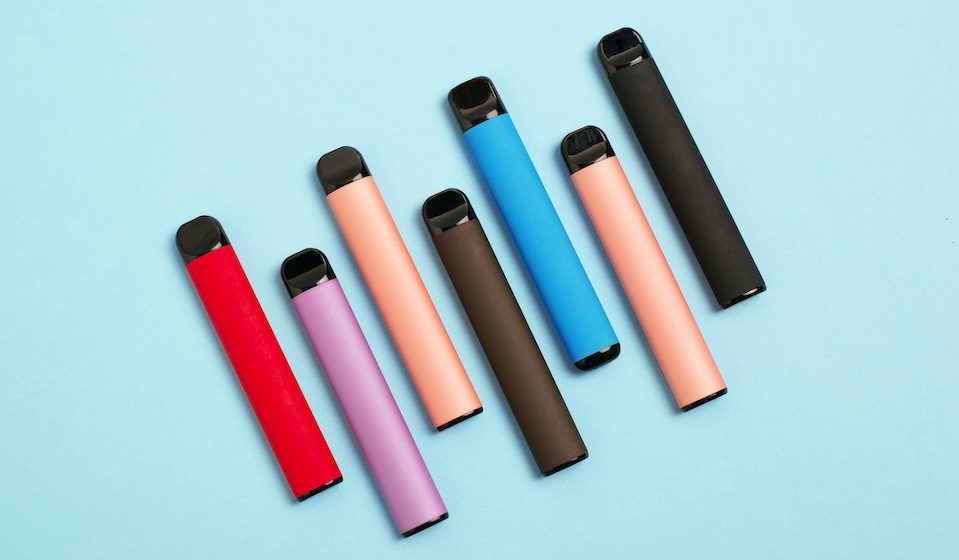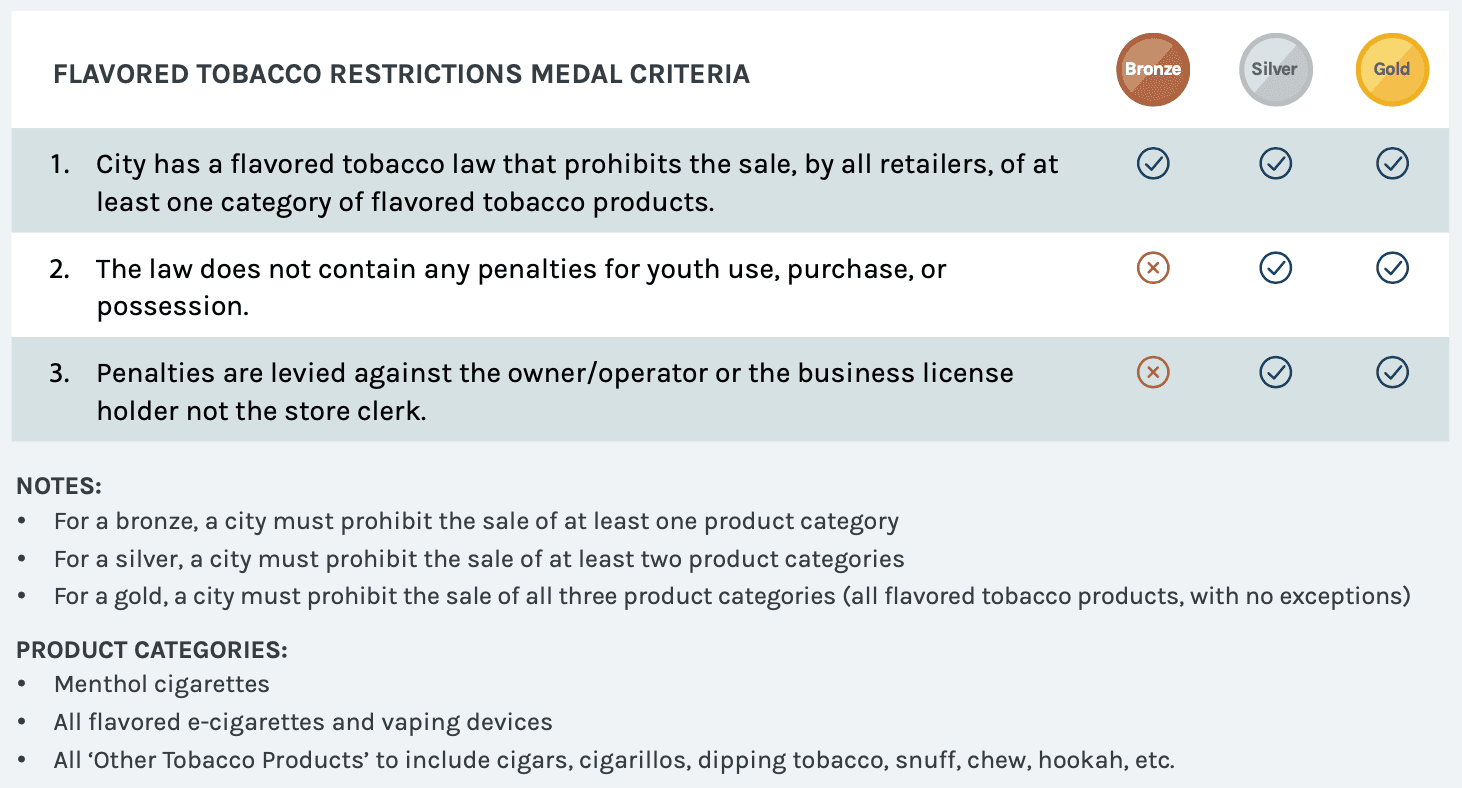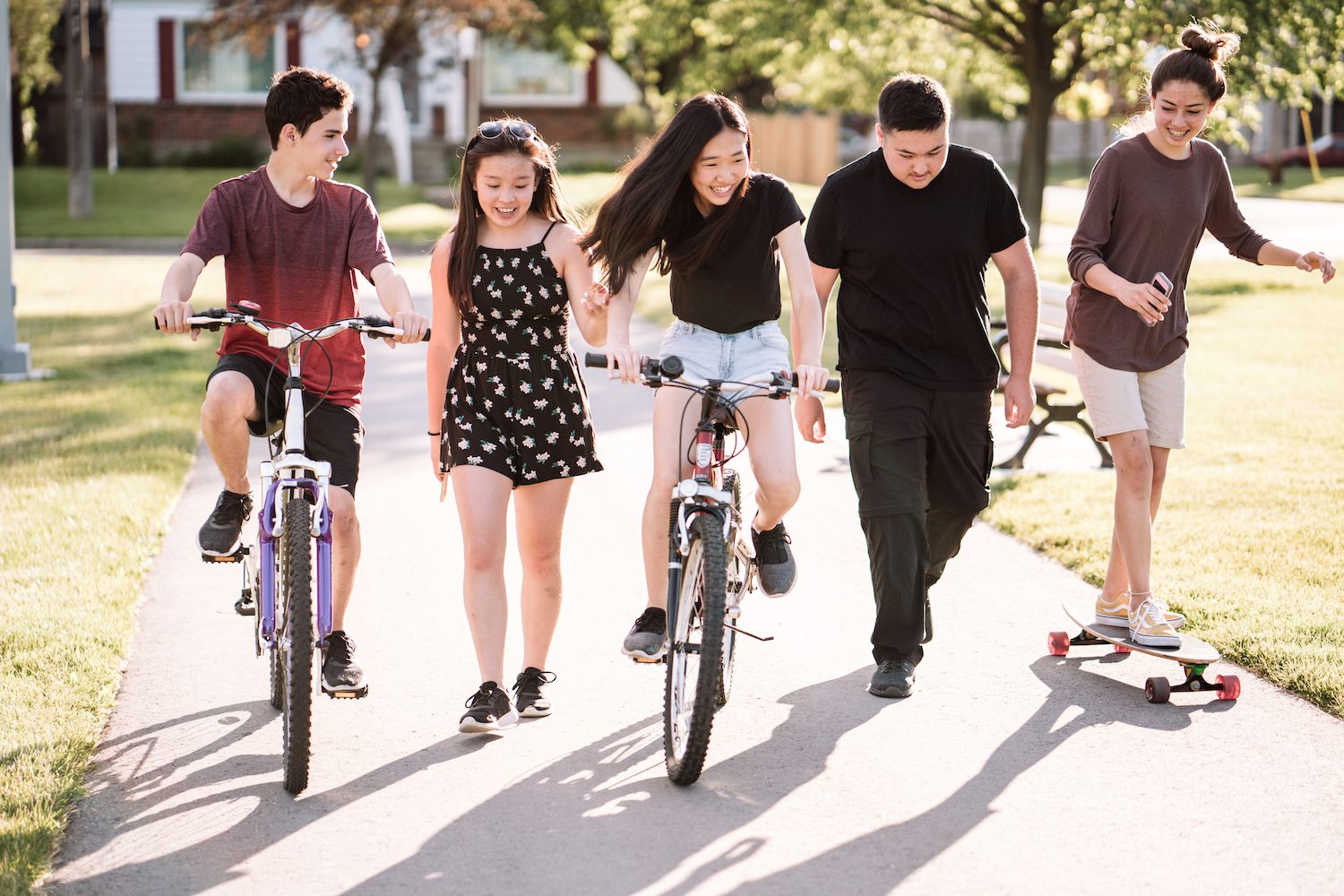This is the sixth blog in our monthly series exploring CityHealth’s 2.0 policy package. Sign up for our newsletter to learn about new policy solutions, tools, and resources.
In many convenience stores today, shoppers are confronted with flashy marketing advertising cotton candy, cookies ‘n cream, and cherry dynamite. But these flavors aren’t just in the candy aisle or ice cream freezer — they are some of the thousands of flavored tobacco products on the market today. It’s perhaps no surprise then that most smokers start before they turn 18, with flavors playing a major role in youth tobacco use. While the FDA recently proposed ending the sale of menthol cigarettes and flavored cigars, the ban will likely take some time to implement and does not cover all flavored tobacco products. Cities can take action today to protect their communities from the harms of flavored tobacco.
This month, we’re continuing our blog series exploring the CityHealth’s 2.0 policy package with a local policy solution proven to reduce tobacco use — especially among young people and communities of color. Flavored Tobacco Restrictions that prohibit the sale of all flavored tobacco products can reduce use of these dangerous and addictive products and support the well-being of everyone.
The Flavored Tobacco Challenge
More than 30 million Americans currently smoke cigarettes, despite smoking being the leading cause of preventable disease, disability, and death in the U.S. Millions more use e-cigarettes and vapes, including more than 2 million high school and middle school students in 2021 — 85% of whom use flavored products. Nearly 81% of youth who try tobacco report that their first experience was with a flavored product, with flavors being a primary reason they chose to use tobacco.
The flavoring used in these products masks the unpleasant sensation of tobacco, increasing the products’ appeal and making them even more addictive. Youth highly prefer sweet tastes and odors, with studies suggesting that youth perceive flavored tobacco products as more appealing, better tasting and less harmful than their non-flavored counterparts. Flavored tobacco use is also highest in young adults compared to other age groups. Of current tobacco users, nearly three out of four young adults — 73% — report flavored tobacco use, compared to 29% of adults over 65.

The tobacco industry has also historically marketed flavored tobacco, especially menthol cigarettes and flavored cigars, to communities of color, which has contributed to widening health disparities and inequities. Decades of advertising menthol cigarettes to communities of color has contributed to disproportionate rates of flavored tobacco use, with 85% of all Black smokers and 50% of Hispanic smokers choosing menthol cigarettes over traditional ones, compared to 29% of white smokers. According to the FDA, menthol cigarettes are more addictive and harder to quit, exacerbating health disparities. The health effects of smoking are also unequal — Black smokers are less likely to quit smoking, and from 2014 to 2018, the average incidence rate of lung and bronchial cancers was 12% higher in African-American men compared to white men.
What Can Cities Do?
Flavored Tobacco Restrictions can benefit public health by reducing initiation among young people and promoting cessation among adults. As of June 2021, 338 states and localities have some type of Flavored Tobacco Restrictions in place, representing 19% of the U.S. population.
Cities that restrict flavored tobacco have seen decreases in both flavored and overall tobacco use. In 2019, San Francisco adopted a comprehensive flavored tobacco ban that resulted in a 96% decrease in the sale of such products, without a corresponding increase in unflavored tobacco sales.
Local efforts to end the sale of flavored tobacco have also spurred other levels of government to take action. City leaders in Boston voted to strengthen their flavored tobacco ban in November 2019 — which originally included exemptions for mint, menthol, and wintergreen flavors — to include all flavored tobacco products. Emulating Boston’s example, the state of Massachusetts followed suit later the same month, becoming the first state in the nation to adopt a comprehensive ban on the sale of all flavored tobacco products.
Earning CityHealth Gold: Flavored Tobacco Restrictions
Starting in 2022, CityHealth will assess the nation’s largest 75 cities on their Flavored Tobacco Restrictions policies. Cities can earn a gold, silver, or bronze medal based on how the city performs on three key criteria:

CityHealth is a resource for city leaders, policymakers, and advocates pursuing policy change that can help all residents live healthy, full lives. Have a question about Flavored Tobacco Restrictions or any of our other policies? Please feel free to send us an email, and join us to learn more about the tools, research, and technical assistance opportunities from CityHealth and our partners.



 Katrina Forrest, J.D., is Co-Executive Director of CityHealth.
Katrina Forrest, J.D., is Co-Executive Director of CityHealth.  Catherine Patterson, MPP, is Co-Executive Director of CityHealth.
Catherine Patterson, MPP, is Co-Executive Director of CityHealth. 

